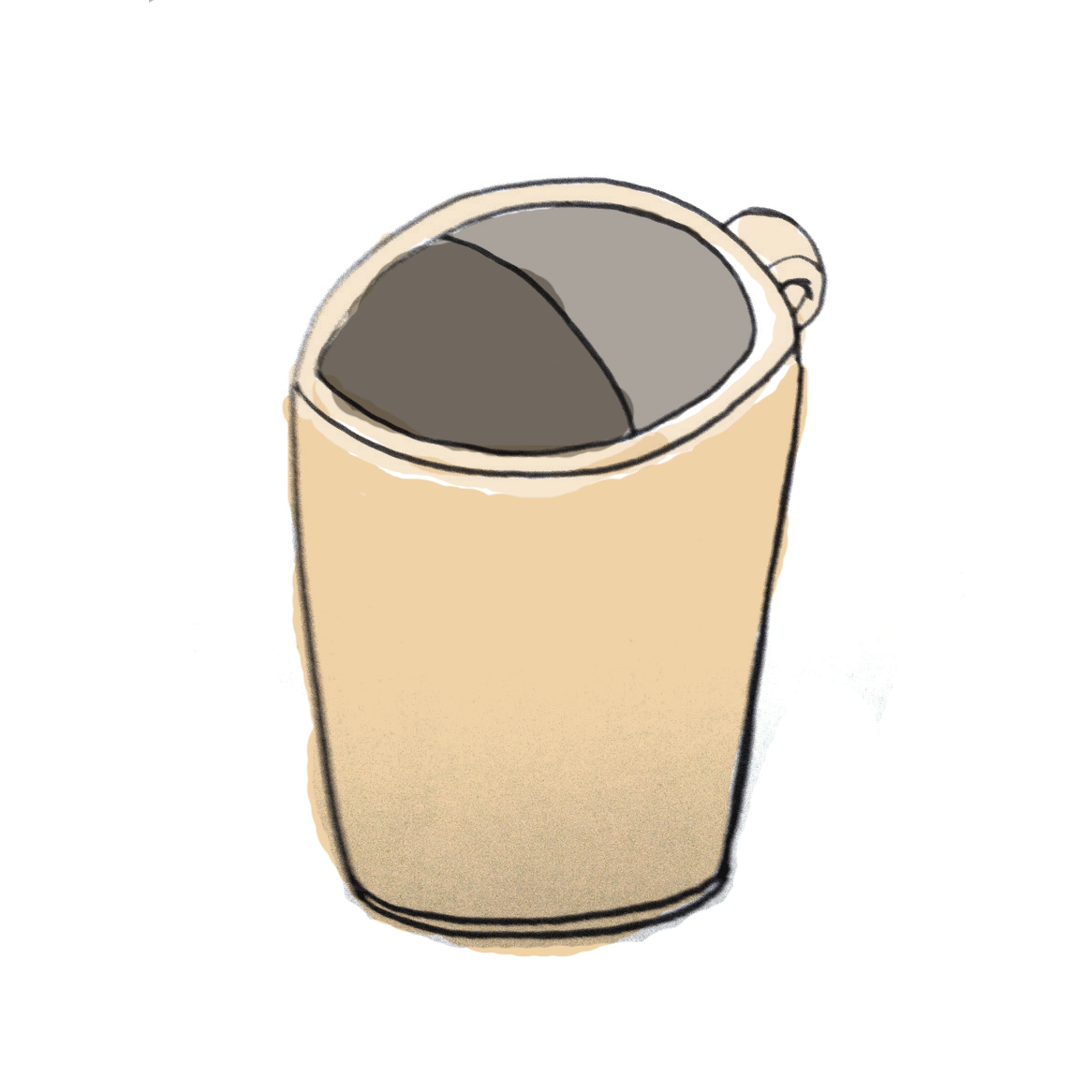Over the past day or two I've been thinking about mythology and folklore. Somehow as yet they are themes that have managed to be left out of this project. This is about to end.

With a bit of a prompt from Onkar, I've been researching the systems through which myths and folklore of 'oldentimes' (lovely expression) manifest themselves in present day. The Loch Ness monster is an obvious example. The Loch Ness lake has built up an enormous tourist economy based predominantly around the legend of the monster (though I'm certain local residents and business-people are sick of it).
It didn't take long to dredge up some pretty rancid tourist crap on the subject. Loch Ness now features a 'nessie' tour and Loch Ness Monster exhibition centre, all dedicated to the history of the mythic beast and the countless fruitless searches for him.



And so, Nessie- imagined or not- lives on in the consciousness of the American tourists who go on his tours and buy his mundane merchandise, the forlorn creature-seekers who sought [the money and accreditation in discovering] him, and the weary tradespeople who capitalise upon him. Is this all the capacity we have for myth and legend in a cynical age?
I thought it might be interesting to look into something a little bit closer to home. The legend of Black Shuck. The stuff of East Anglian legend.

The Black Shuck is a great Black Dog with saucer-like, flaming malevolent eyes who roams the coasts and lonely tracks of Norfolk and Suffolk. He made his first recorded appearance was at 9am on August 4 1577 in St. Mary's Church, Bungay. Abraham Fleming's description in his book A Straunge and Terrible Wunder is amazing:
"This black dog, or the divel in such a linenesse (God hee knoweth al who worketh all,) running all along down the body of the church with great swiftnesse, and incredible haste, among the people, in a visible fourm and shape, passed between two persons, as they were kneeling uppon their knees, and occupied in prayer as it seemed, wrung the necks of them bothe at one instant clene backward, in somuch that even at a mome[n]t where they kneeled, they stra[n]gely dyed."
As the tale goes, the church tower collapsed in on itself and the beastie then ran up the pulpit, disappearing in fire and lightning and leaving scorched claw-marks on the Northern Doors which can still be seen at the church today.
The tale has become ingrained in Norfolk/Suffolk culture, but not only that- the Black Shuck has appeared in many other works of fiction and fantasy since. Most memorably, Arthur Conan Doyle's Hound of the Baskervilles, which he wrote while staying at Cromer Hall, the sight of one of the more famous subsequent sightings of the dog. He's also popped up in a few comics (Hector Plasm, 2000ad's London Falling, Supernatural: Origins), fantasy books (Northern Lights, The Age of Misrule, Harry Potter), a musical play (The Storm Hound by Betty Roe and Marian Lines), and had songs written about him (Nick Drake's Black-Eyed Dog, The Darkness' Black Shuck). Apparently he's even a boss in both MMORPG Lusternia and Final Fantasy XI!
It made me think of this appalling set of images found in the kiddies' section of Nessieland.com:



It's interesting that we treat these stories like public property- no copyright law applies here. We have the right to take the characters and brazenly plonk them into any scenario, medium or context we like. It's almost as if Nessie- as well as Black Shuck- exist on a plain of National consciousness, inhabiting the public imagination. After all, isn't that how the myths and legends bred in the first place?
There have been no less than a further 153 supposed encounters with the legendary Black Shuck since it first appeared in Bungay in the 16th century. And there is a man who has collected and documented every single one of them. I mapped them. Why not?

Mike Burgess is the man, and wow- what a man. Not only has he recorded, edited, interviewed and categorised his way through every single one of these 153 tales, he has written about the misconceived similarities between Shuck and other beasties (such as the ghosts of people's pets, the Moddey Dhoo and the Snarleyow), and origins of the legend being from the Vikings (their's is different). As well as this he has collected and analysed data of all the recorded encounters and legends and written a five-part essay entitled (gloriously): Analysing the Hell out of the Beast.
This actually helped to distract me from my original Shuck fact-finding mission. Just who are these people? These myth-seekers and fantasy-detectives who are so fascinated and become so obsessed with myths and folklore. Another method of escaping a hard and cynical world- harking back to the days of ghosts and monsters. It's made me want to watch Mythbusters, actually. After all... what's not interesting about this man?
.... just some stuff to think about.
